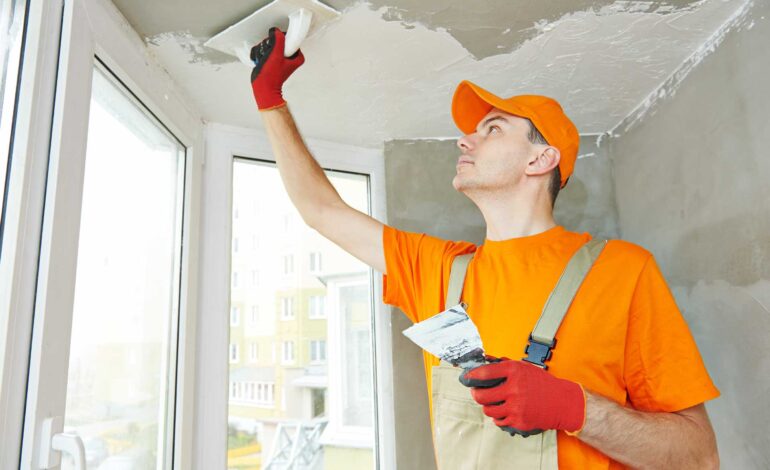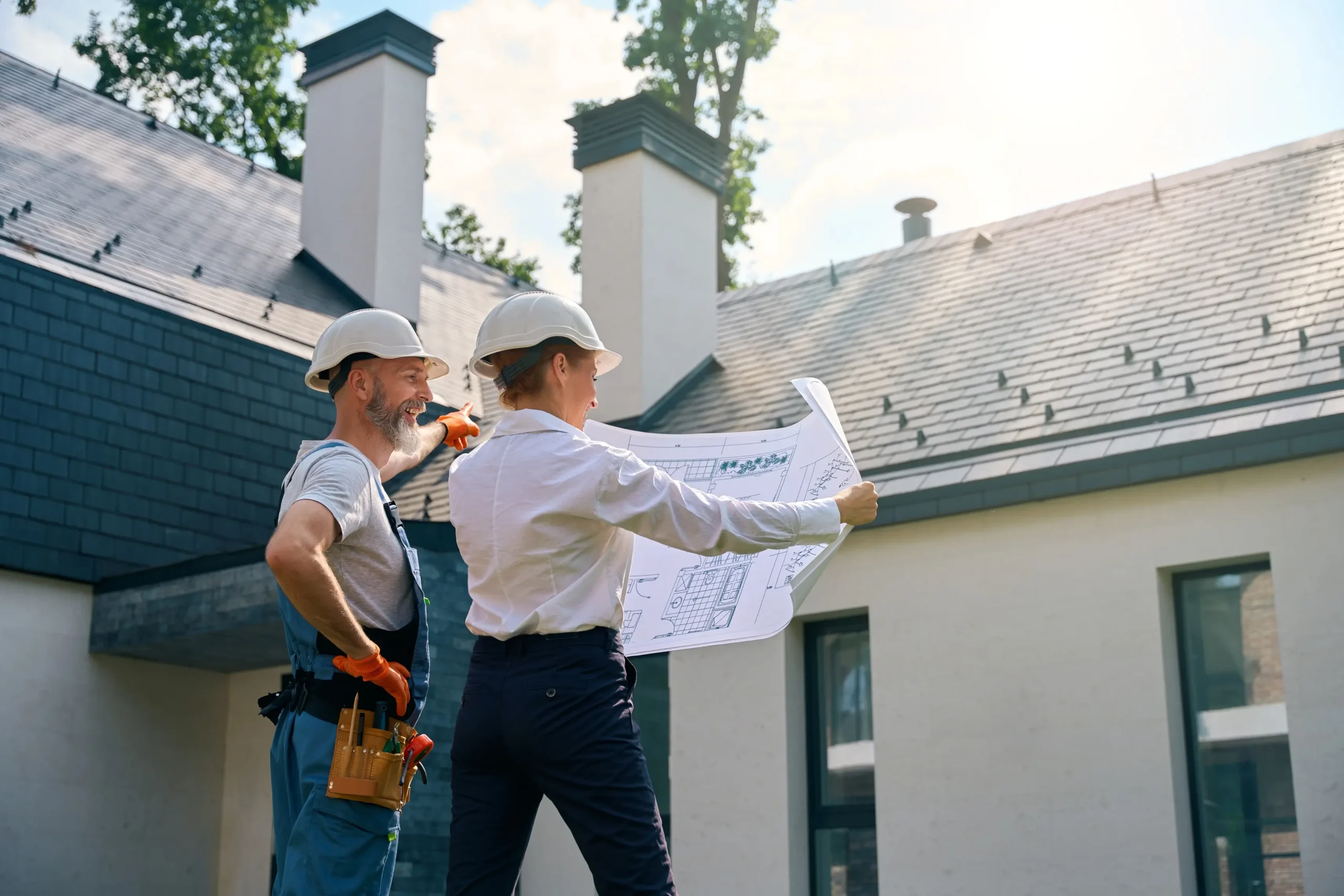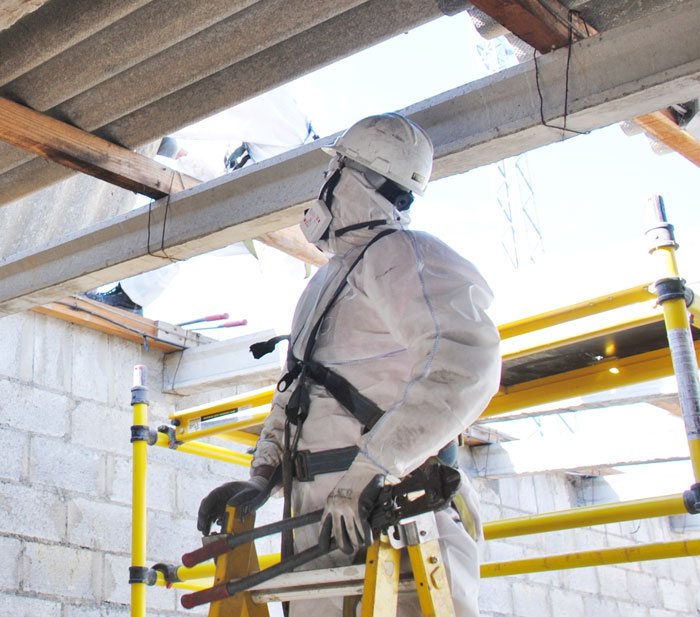Plastering As a Career

A plasterer is a tradesperson who specializes in applying plaster, a building material made of gypsum, lime, or cement, to walls, ceilings, and other surfaces. The main work of a plasterer includes:
Surface preparation
The plasterer prepares the surface to be plastered by removing any existing plaster or other finishes, cleaning the surface thoroughly, and repairing any damage or imperfections.
Mixing plaster
The plasterer mixes the plaster with water to the right consistency, ensuring it is smooth and even lumps-free.
Applying plaster
The plasterer applies the plaster to the surface, using a trowel to spread it evenly and smoothly. They use different techniques depending on the type of plaster and the surface being plastered.
Finishing
Once the plaster is applied, the plasterer smoothes and levels it, creating a flat and even surface. They may also develop decorative textures and patterns as required.
Cleaning up
The plasterer cleans up the work area, removing any leftover plaster and tools and leaving the site tidy and ready for the next stage of work.
Plasterers work on various projects, including new construction, renovations, and repairs. They may work on interior and exterior surfaces, such as walls, ceilings, and facades.
How Do You Train To Become A Plasterer In The UK?
To become a plasterer in the UK, you must complete an apprenticeship or trainee program. Here are the general steps to becoming a plasterer in the UK:
Meet the minimum requirements
To become a plasterer, you must have good physical fitness, hand-eye coordination, and manual dexterity. There are no formal academic requirements, but having a GCSE in maths and English can be helpful.
Find an apprenticeship
The most common way to become a plasterer is to complete an apprenticeship. You can search for apprenticeship opportunities on the government’s apprenticeship website or through industry bodies such as the Construction Industry Training Board (CITB).
Complete your apprenticeship
An apprenticeship typically takes 2-4 years to complete and involves both on-the-job training and classroom-based learning. You will learn various skills, including surface preparation, mixing and applying plaster, and finishing techniques.
Obtain a qualification
Once you have completed your apprenticeship, you can obtain a qualification such as a NVQ (National Vocational Qualification) in plastering. This will demonstrate your knowledge and skills in the trade and can be helpful when looking for work.
Gain work experience
After completing your apprenticeship and obtaining any necessary qualifications, you can start working as a plasterer. You may begin as a junior plasterer or trainee and then progress to becoming a qualified plasterer.
Continuing professional development is also essential for plasterers. You can attend training courses, seminars and workshops to stay up-to-date with new products, techniques and building regulations in the industry.
What Are Some Of The Challenges Faced By Plasterers?
Plastering can be a physically demanding and challenging job requiring high skill and attention to detail. Here are some of the challenges faced by plasterers:
Working at heights
Plasterers often work at heights when applying plaster to ceilings or high walls. This can be dangerous and requires proper safety precautions, such as scaffolding or harnesses.
Working in confined spaces
Some plastering jobs require working in small or confined spaces, which can be uncomfortable and physically demanding.
Dust and debris
Plastering can create a lot of dust and debris, which can be hazardous to the plasterer’s health if inhaled. Proper safety gear, such as respirators and goggles, is necessary to protect against these hazards.
Time constraints
Plastering requires a certain amount of time to complete properly, but deadlines can be tight on construction projects. Plasterers must work efficiently while maintaining a high level of quality.
Adapting to different surfaces
Plasterers work on various surfaces, including walls, ceilings, and facades, each with unique challenges. They must be skilled at adapting their techniques to different surfaces and substrates.
Dealing with uneven surfaces
Sometimes, the surface to be plastered is uneven or damaged. Plasterers must be able to smooth out and level these surfaces before applying the plaster.
Weather conditions
If working on external surfaces, plasterers must contend with weather conditions, such as rain or extreme heat, which can affect the drying time and the quality of the plaster.
Overall, plastering requires physical endurance, skill, and attention to detail. Despite these challenges, a successful plasterer can take pride in creating a smooth, aesthetically pleasing finish on a building surface.





